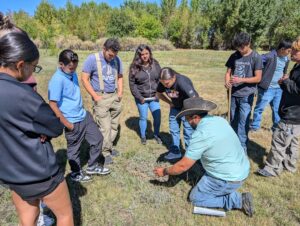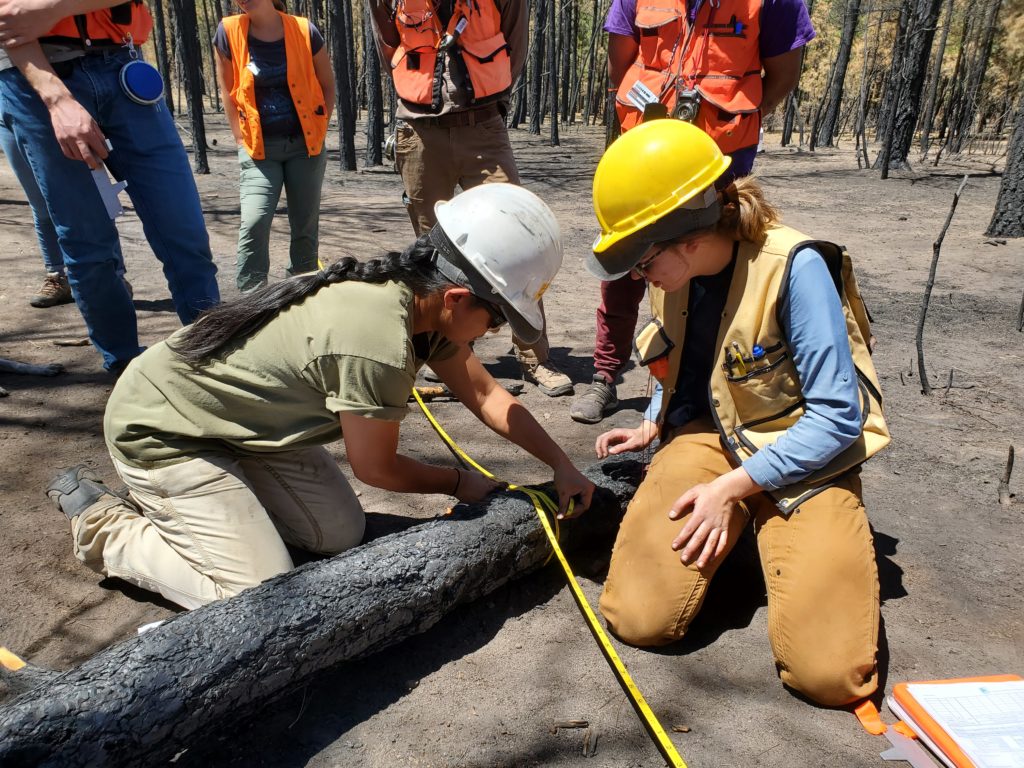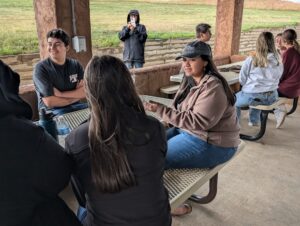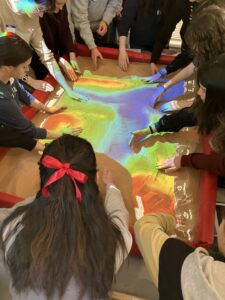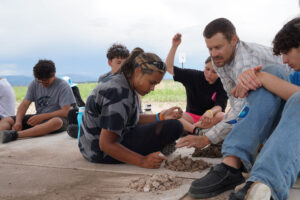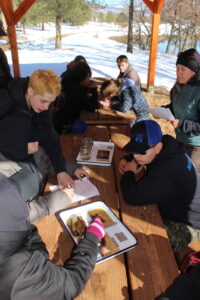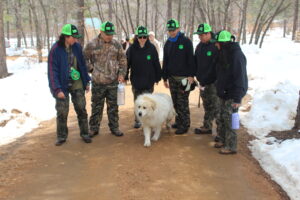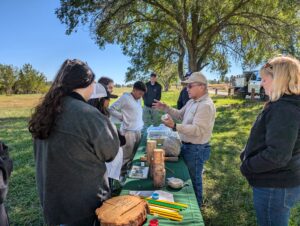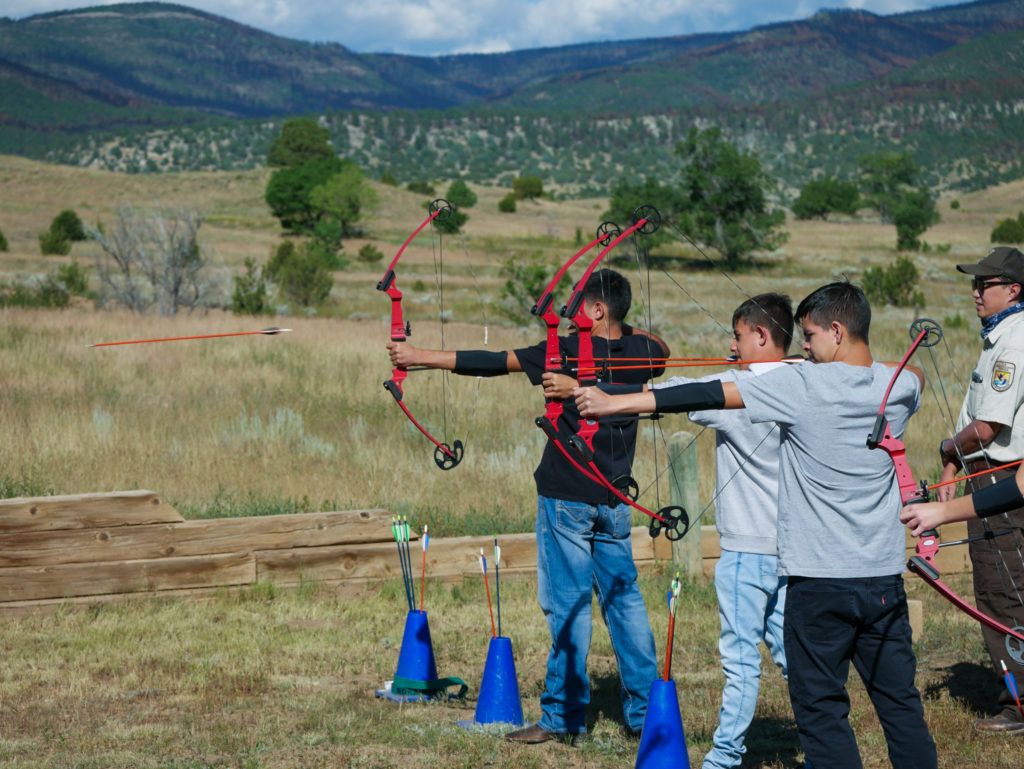The Conservation Science Center (CSC) focuses on building equitable and accessible pathways in Science, Technology, Engineering and Math (STEM) because sustained and committed long-term landscape conservation needs to be led from within local communities. Through the Conservation and Restoration Education program, we build the capacity of Hispanic and Native students to actively lead the conservation of local landscapes through place-based education, hands-on internships, and the empowerment of local voices through diverse representation in leadership. We utilize high-impact practices to build enthusiasm for STEM through middle and high school programs, and increase retention rates among college undergraduates. We provide internships that build on student field skills and leverage partnerships to create post-undergraduate employment opportunities in natural resources management and conservation fields. We cultivate future managers and decision-makers from within local communities to sustain long-time resiliency of New Mexico’s rich natural and cultural heritage, in fire-adapted and post-wildfire landscapes.
Contact: Shantini Ramakrishnan, CSC manager
shantinir@nmhu.edu
Donations to the Conservation Science Center are used to support K-12 programming in New Mexico, leadership and life skills development among undergraduate and graduate STEM students, community partnerships, and CSC-related initiatives.
